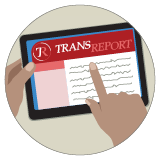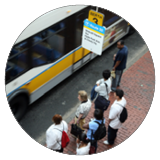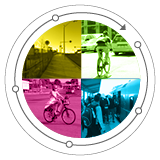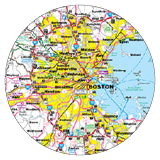
With the expansion of Bluebikes since 2011, the share of Environmental Justice (EJ) populations living within one-quarter or one-half mile of a station, out of the total EJ population that lives in participating municipalities, has increased significantly. As of 2021, more than 50 percent of the minority or low-income population lives within one-quarter mile of a station, and more than 75 percent lives within one-half mile. This compares favorably to the approximately 20 percent and 30 percent that lived within one-quarter and one-half mile, respectively, of a station in 2011.



